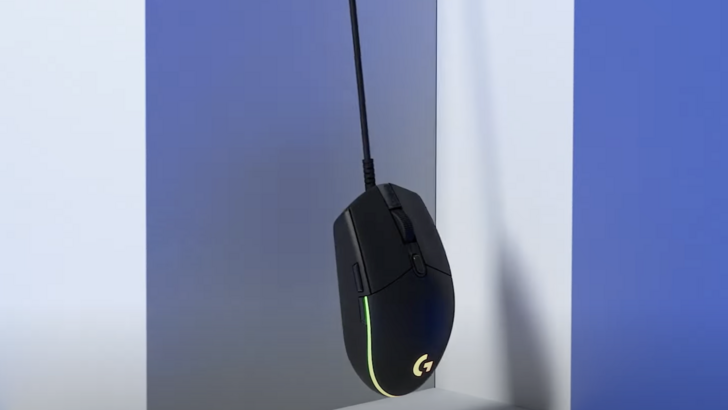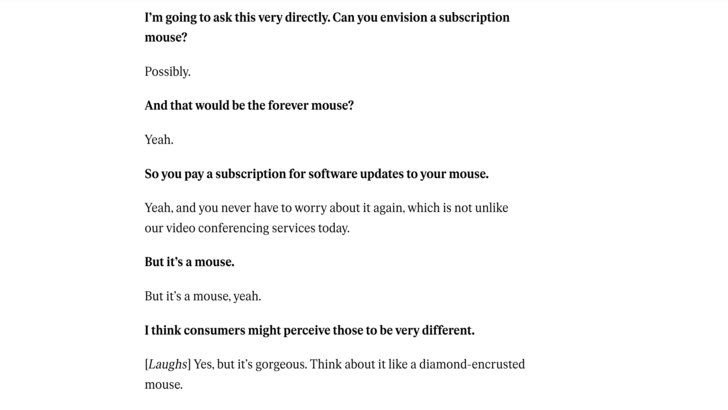Logitech CEO Unveils "Forever Mouse" Concept, Sparking Gamer Debate
Logitech's new CEO, Hanneke Faber, recently introduced a revolutionary concept: the "forever mouse," a premium gaming mouse designed for lasting use through continuous software updates—potentially requiring a subscription. This idea, revealed during an interview on The Verge’s Decoder podcast, has ignited a firestorm of discussion within the gaming community.

Faber envisions a high-end mouse, comparable to a Rolex watch in its longevity and value, constantly updated via software. While acknowledging the need for occasional hardware repairs, the core concept is to eliminate the frequent replacements common with current tech. The comparison to a Rolex, however, has been met with mixed reactions. Faber stated, "I’m not planning to throw that watch away ever. So why would I be throwing my mouse or my keyboard away if it’s a fantastic quality, well-designed, software-enabled mouse?"

The "forever mouse," while still conceptual, isn't far from reality, according to Faber. The high development costs, however, may necessitate a subscription model for profitability. This subscription would primarily cover software updates, mirroring existing models in video conferencing services. Logitech is also exploring alternative models, including trade-in programs similar to Apple's iPhone upgrade program.

This "forever mouse" aligns with a broader industry trend towards subscription services. From streaming services to even printing services (HP's recent 20-page-per-month plan), subscription models are becoming increasingly prevalent. The gaming industry is no exception, with companies like Xbox and Ubisoft recently raising prices on their subscription offerings.

Gamer Reaction:
Online reaction to the subscription-based mouse has been largely negative. Many gamers expressed skepticism and even ridicule on social media and gaming forums, highlighting the perceived absurdity of paying a recurring fee for a peripheral.
The future of the "forever mouse" remains uncertain, but its introduction highlights the evolving landscape of the gaming peripheral market and the growing influence of subscription-based business models.















